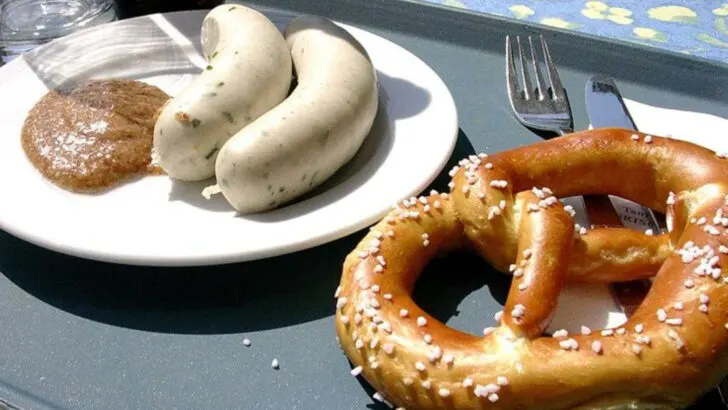One of the greatest joys of traveling through Europe is tasting dishes that feel woven into the culture itself. These aren’t just meals — they’re culinary traditions, passed down through generations and prepared with pride.
While America offers plenty of international dining, some classic European foods remain hard to track down stateside. To truly savor them, you’ll need to sit at a café table, wander a market, or dine in the very regions where they were born.
Haggis (Scotland)
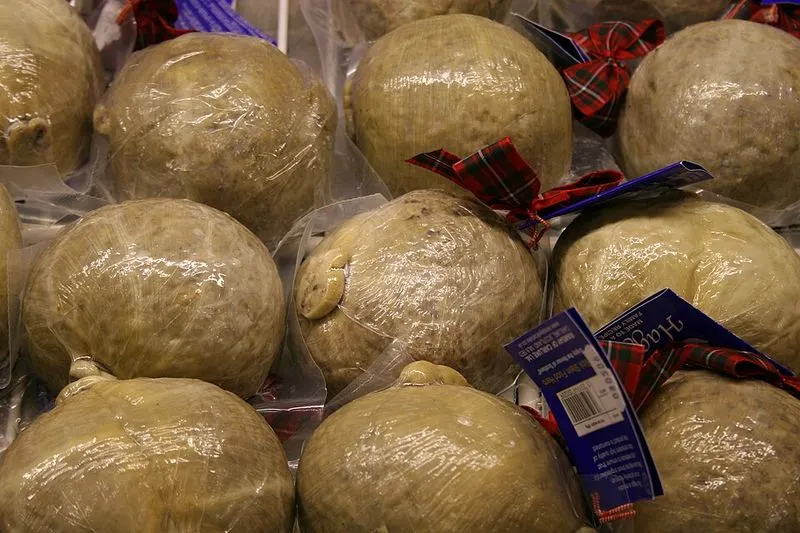
Scotland’s haggis might raise eyebrows, but its savory allure can’t be denied. Traditionally encased in a sheep’s stomach, this dish combines offal, oatmeal, and spices in a warming blend. Every bite tells a story of heritage and resilience.
In Scotland, haggis is not just food; it’s woven into the fabric of national identity, often featured in Burns Night celebrations with whiskey by its side. The taste is robust, with a slightly nutty texture, thanks to the oats.
Those who dare to try it find themselves pleasantly surprised by the depth of flavor, amplifying the culinary adventure.
Smørrebrød (Denmark)
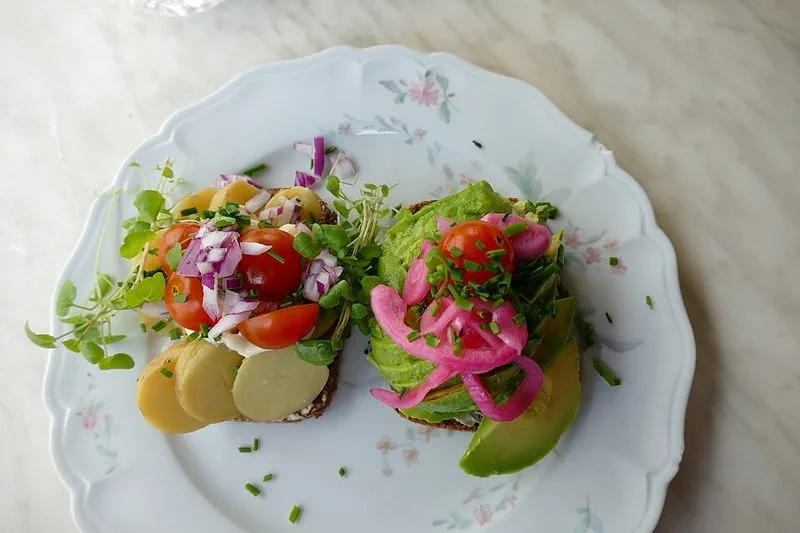
In Denmark, open-faced sandwiches take on an artful form known as smørrebrød. These creations feature a base of dense rye bread, generously topped with an array of ingredients such as pickled herring or creamy spreads.
Every bite is a harmonious blend of flavors, with balance and texture at the heart of this culinary tradition. Danish families often gather around tables, sharing stories as they build their smørrebrød masterpieces.
The visual appeal is undeniable, and each sandwich becomes a canvas, allowing for both creativity and an appreciation for simplicity.
Cevapi (Balkans)
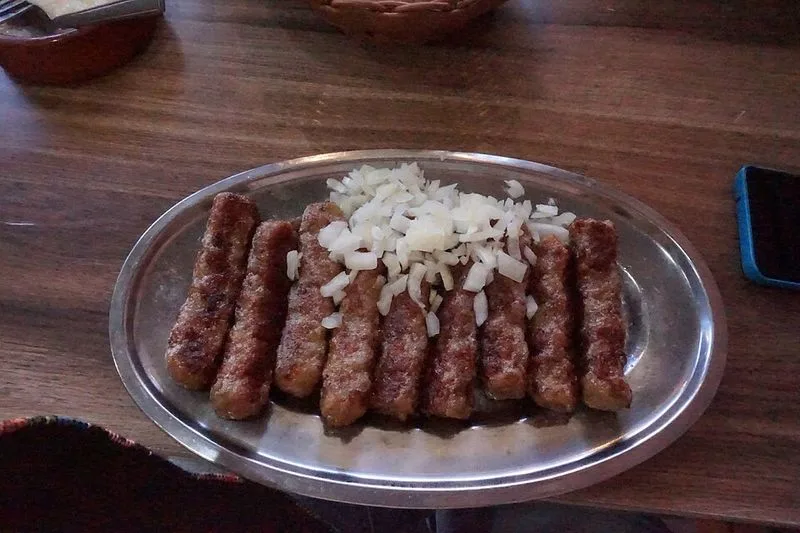
The smoky aroma of cevapi invites curiosity. These small, sausage-like grilled meats are a staple in Balkan cuisine, often enjoyed with flatbread and raw onions. The influence of Ottoman history is evident in its preparation.
Balkan gatherings are incomplete without cevapi sizzling on the grill, a testament to its popularity and cultural significance. The flavors are bold and comforting, seasoned with a blend of spices unique to the region.
Eager travelers find cevapi a delightful discovery, as its simplicity belies a rich and satisfying taste experience.
Raclette (Switzerland)
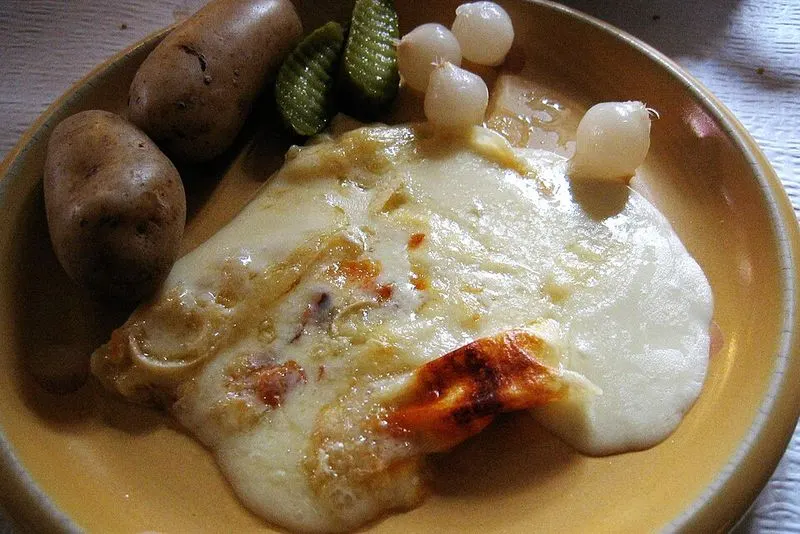
In Switzerland, raclette transforms dining into a social affair. This dish involves melting cheese and scraping it over boiled potatoes, cured meats, and pickled vegetables. The communal aspect is cherished, as friends and family gather around a raclette grill.
Each mouthful is a comforting blend of creamy cheese and savory accompaniments. The tradition of enjoying raclette dates back centuries, rooted in Swiss mountain life.
Those who partake in this cheese-centric ritual often leave with fond memories, alongside a newfound appreciation for simplicity and togetherness.
Black Pudding (Ireland/UK)

A staple in Irish and British breakfasts, black pudding piques the interest of those unfamiliar with its ingredients. Made from pork blood, fat, and oatmeal, it’s seasoned to create a distinctive flavor.
The hearty texture and rich taste make it a beloved component of the full breakfast, often paired with eggs and tomatoes. Its origins date back to times when frugality dictated culinary practices.
Sampling black pudding is akin to taking a step back into culinary history, offering a taste of tradition wrapped in every slice.
Brik (Tunisia-influenced, found in parts of France)
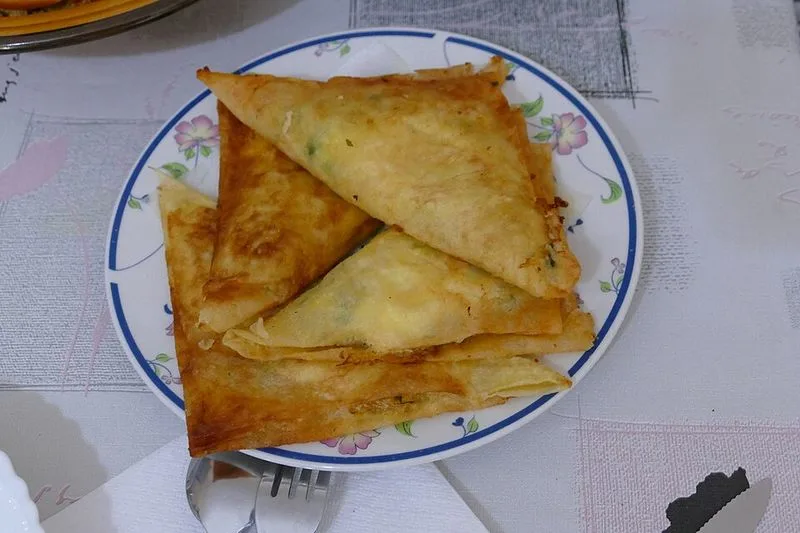
With origins tracing back to Tunisia, brik offers a crispy, flavorful surprise in parts of France. A thin pastry, often filled with egg and tuna, is quickly fried until golden. The first bite releases a symphony of textures.
Culinary influences from North Africa are evident in its preparation, making it a unique find in French markets. The crispy exterior contrasts beautifully with the soft, savory filling.
Brik’s appeal lies in its simplicity and the satisfying crunch that accompanies each bite, making it a street food favorite.
Weißwurst (Germany)
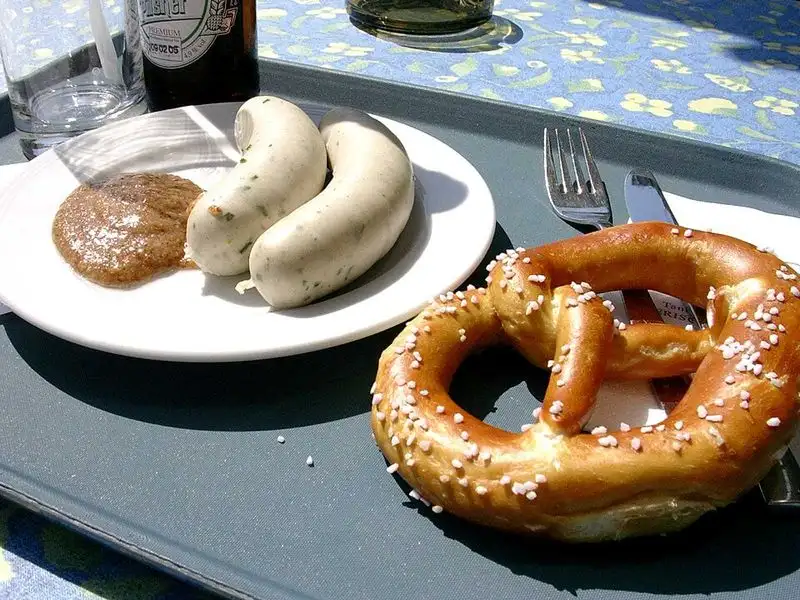
Bavaria’s Weißwurst holds a special place in German culinary tradition. This white sausage, made from minced veal and pork back bacon, finds companionship in a soft pretzel and sweet mustard.
Typically enjoyed before noon, the experience of eating Weißwurst is as much about tradition as it is about taste. The sausages are often poached, then served with beer in lively beer halls.
Visitors to Bavaria discover a cultural ritual in every bite, with flavors that speak to the heart of regional identity.
Fårikål (Norway)
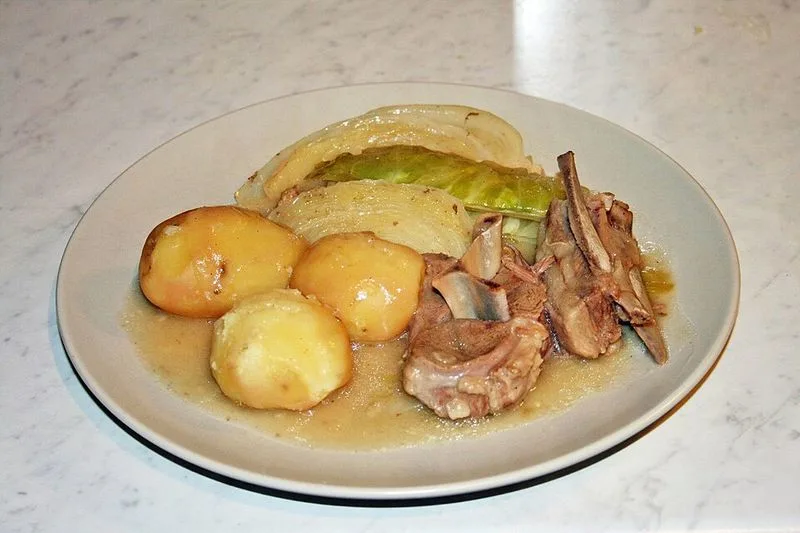
When autumn arrives, Norwegians turn to Fårikål, a comforting stew of lamb and cabbage. This national dish is a celebration of simple, hearty ingredients simmered to perfection.
Every spoonful offers warmth, reflecting the spirit of Norwegian hospitality. As it cooks slowly, the flavors meld, creating a dish that is both nourishing and satisfying.
Fårikål embodies the essence of home-cooked comfort, its preparation a cherished tradition passed down through generations, capturing the heart of Norwegian culture.

